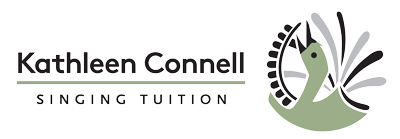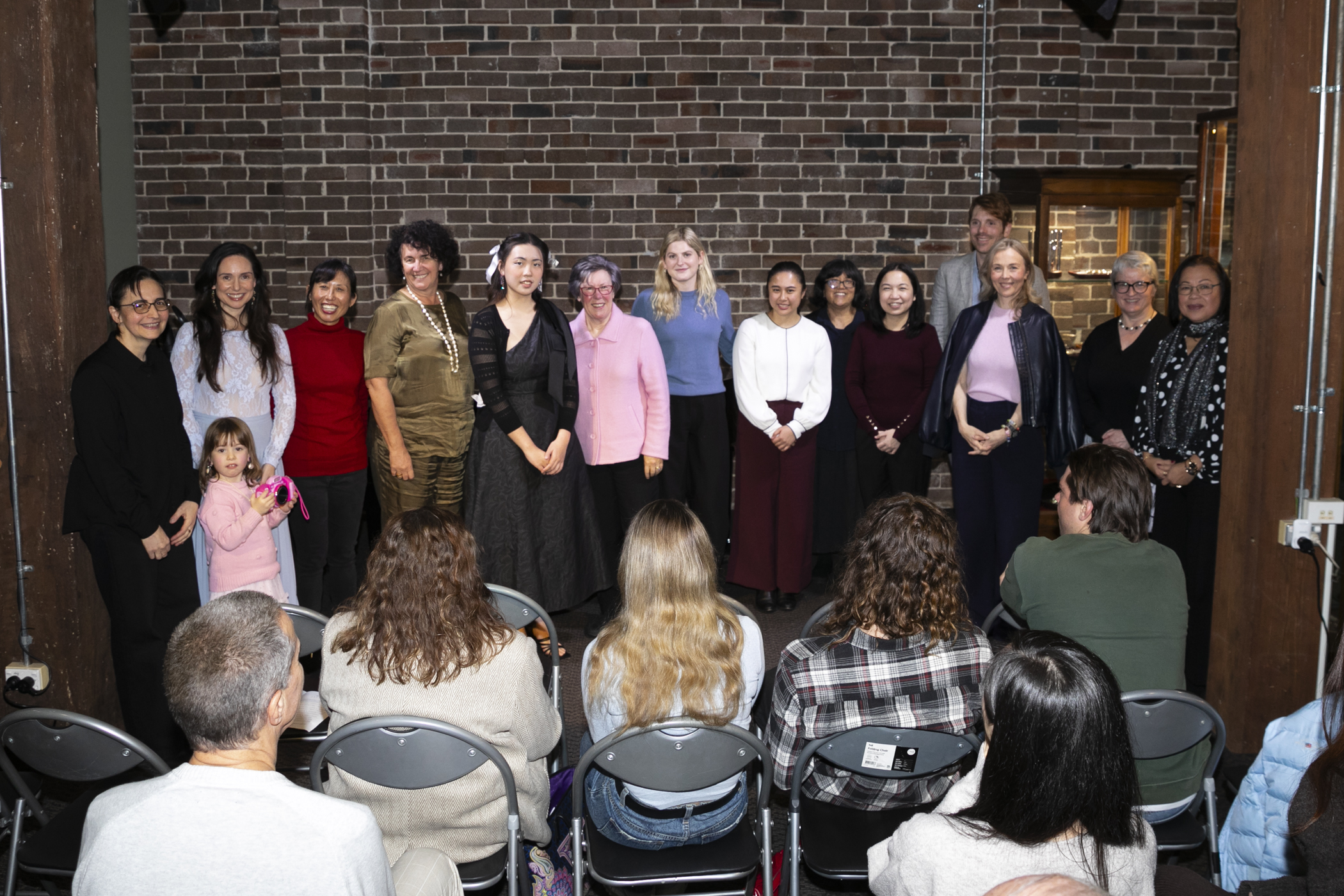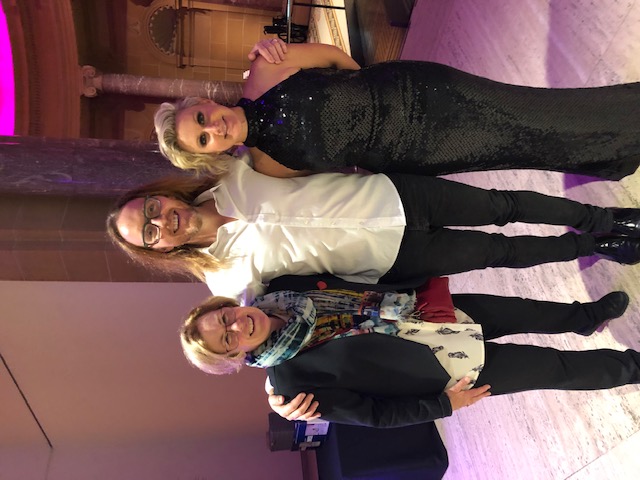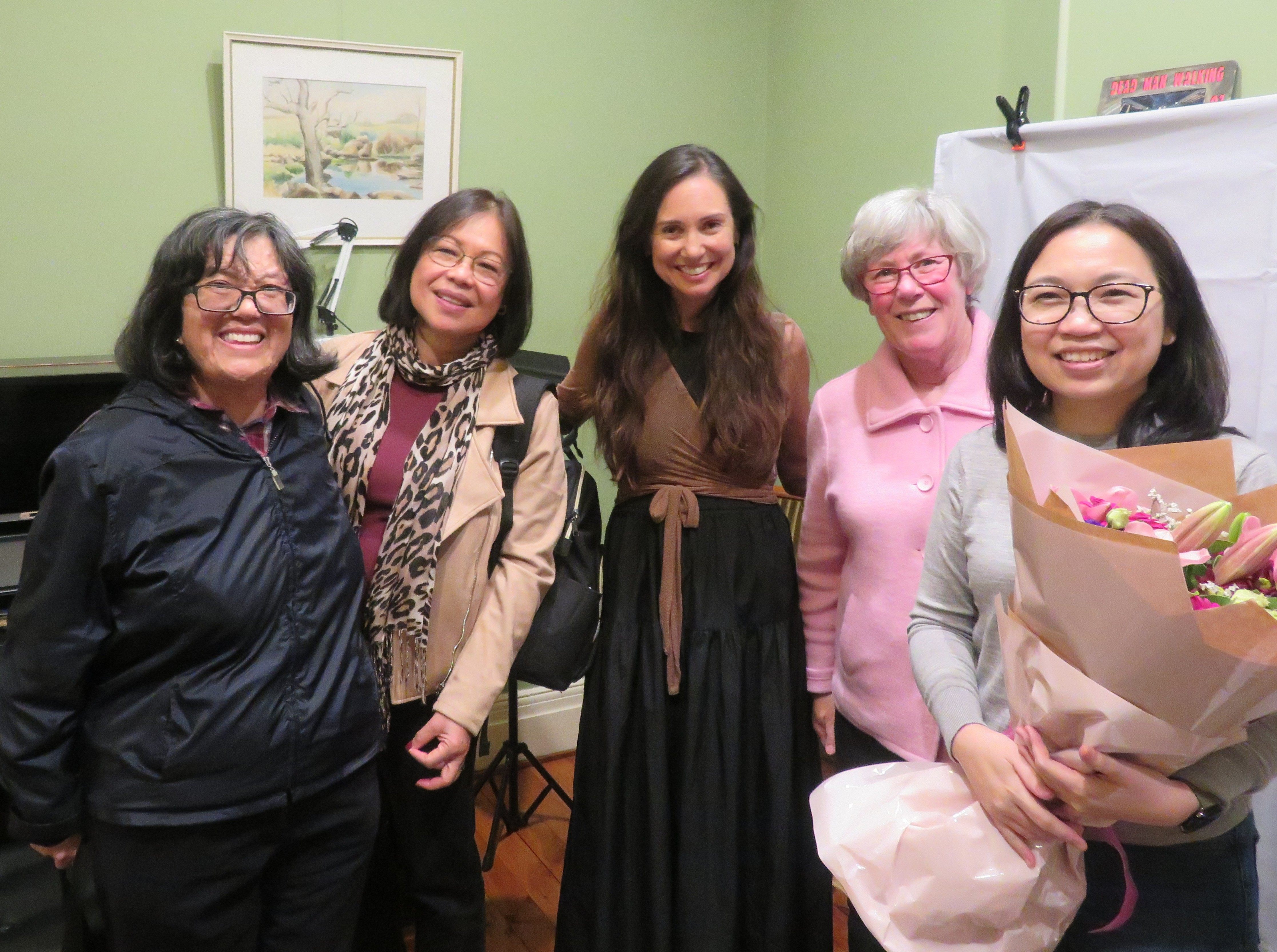What To Expect In A Singing Lesson
If you want to sing better, look for these elements in a singing lesson.
If you’ve never worked with a singing teacher before, or if you want to know why I structure our singing lessons the way I do, here’s a little insight and how it benefits you.
Every singing teacher works differently, and it’s the good teachers who tailor each lesson to where you’re at in your singing training, and what you, specifically, need to improve.
Firstly, whether you’re a beginner or more experienced singer, you need to set goals around your singing so you can chart your progress. Once you have some goals in place, together, we’ll start by assessing your singing level, voice quality, posture and technique.
a beginner or more experienced singer, you need to set goals around your singing so you can chart your progress. Once you have some goals in place, together, we’ll start by assessing your singing level, voice quality, posture and technique.
Don’t take it personally when we find issues – everyone has them. That’s why you’re exploring professional singing lessons, after all! My job is to help you identify your challenges and give you the tools to overcome them, so you can sing stronger, expand your repertoire, reach your goals and, ultimately, enjoy your voice.
How do we do this? Well, just as no two students are alike, each singing lesson is different. My approach to voice coaching follows a basic 5-step format to maximise your learning: we break tasks into doable, bitesize pieces and micro processes, so you stay in control and work at your own pace, with encouragement from me to keep up momentum and drive your progress.
5 essential elements to singing lessons that help you grow as a singer
-
Breathing exercises:
First, we practise slow, deep, controlled intake and out flow, with support. Working toward a balanced flow of air is the goal. My job is to observe closely and make students conscious of where movement occurs in their body and what needs strengthening.
-
Warm up the vocal cords:
Your vocal cords are tiny muscles, and just as your larger muscles need warming up before exercise, so do your vocal cords. We use fun, silly siren sounds, lip buzzes and tongue trills, adding more as your singing competence progresses. Our aim is to work your voice from your top register down to the lower notes.
-
Vocal exercises:
These singing exercises work through your range and help smooth out register shifts. We start off with easy scales, arpeggios and triad exercises, then add more advanced musical and vocal components as you progress, to challenge your breath capacity, how you keep throat open, use your articulators (lips, teeth, tongue, etc), and keep resonance in your sound quality.
-
Vocalise:
My students know how much I love these ‘songs without words’, and they know how effective they are to develop their musical confidence and ‘sense’ of a song, without the pressure of words and storytelling. Using mostly vowels and some consonant sounds, vocalise works your phrasing (breath control), registers, phonation (vowel structure), resonance (tonal quality and projection) and articulation (vowel shaping and tongue position). I use a wide variety of classical, music theatre and contemporary vocalise.
-
Songs and repertoire:
This is the part most aspiring singers want to fast track to, but without first practising the above foundations, you won’t sing well in any genre.
We may not even get to a song in your initial lessons, and before we do, I assess your singing level and we discuss the material you like. It’s more about matching – and stretching – your capabilities with the right songs, than singing something just because you like it, but which may be beyond your current singing level.
In fact, if you just want to learn songs, I’m not the right singing teacher for you.
These 5 steps aren’t set in stone – flexibility is, after all, fundamental to learning and growth. So, my approach combines collaboration with instruction.
I consider myself more of a facilitator, helping you take charge of your own learning and progress. It’s a much more empowering way to develop your voice.
Curious to see how my approach can help you grow as a singer? Book your introductory lesson today.




